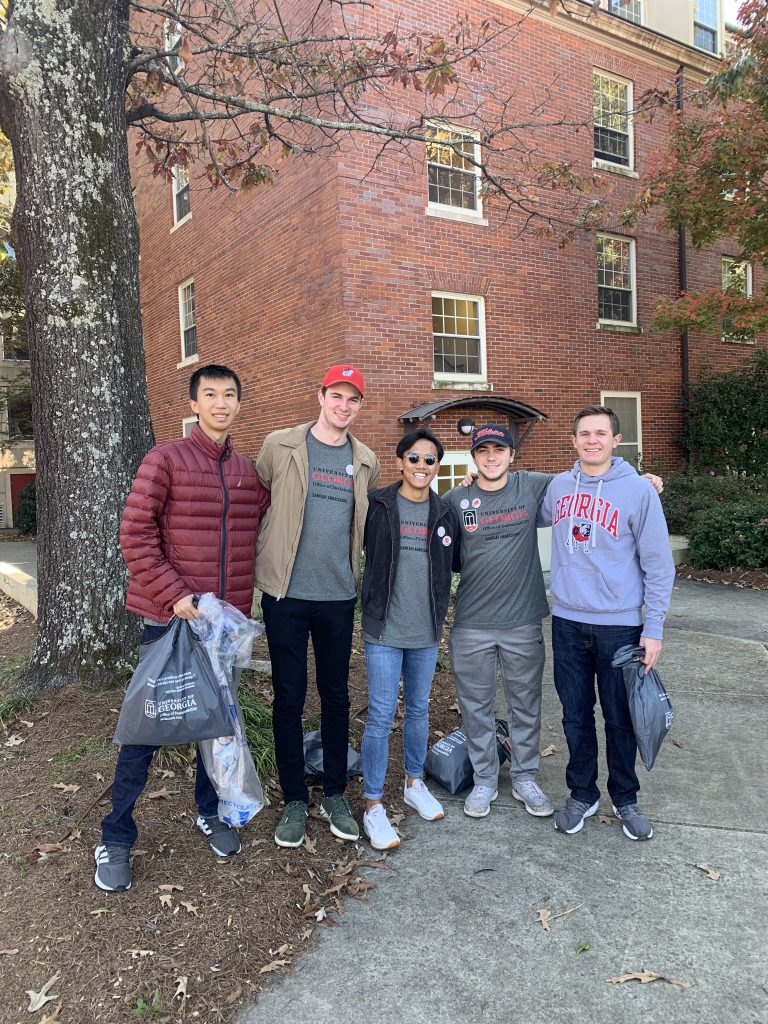
What is alcoholism
Alcohol dependence, also known as alcoholism, is a form of alcohol addiction where the individual has a physical dependence on the consumption of alcohol. This physical dependence causes individuals to consume more alcohol than individuals who do not have a dependence on alcohol, which further increases the health risks of alcohol. Some of these risks include high blood pressure, stroke, and liver cancer. Furthermore, according to the National Institute of Health (NIH), individuals with alcoholism are more vulnerable to diseases such as tuberculosis and pneumonia. This is because alcohol can weaken the immune system. Every year, over 3.3 million individuals die worldwide due to alcoholism. This is the third highest cause of preventable deaths, behind smoking and overeating. In addition, according to data from 2009, approximately 3.5% of cancer deaths in the United States was caused by alcohol.
According to SNPedia, there are six known SNPs that affect the likelihood that an individual will suffer from alcoholism. One example of these SNPs is rs1799971, where the rs1799971 (G) variant increases one’s cravings for alcohol compared to the normal allele, rs1799971 (A) for both carriers and individuals with two G alleles. However, for individuals with the G variant, they respond to naltrexone treatment better than those with the A variant.

Testing for alcoholism
Some individuals may experience more severe symptoms as a result of alcoholism, such as seizures and increased risk for ADHD. For those who are concerned about such symptoms, they should take a genetic test to see if they have an increased likelihood of suffering from such symptoms. Because there are two SNPs, rs27048 and rs27072, that are associated with such severe symptoms, an SNP test, which does not need to be a whole sequencing test, will produce the best results at the lowest costs, such as a $199 23andme test. However, if anyone is interested in whether he or she has an increased risk of alcoholism in general, a $599 Veritas test works best. However, a test specifically for rs1076560 (A), which is the most common allele that increases the risk of alcoholism, also works well. Carriers of this allele are 30% more at risk of becoming an alcoholic compared to individuals who have two rs1076560 (C) alleles. The tests will satisfy the needs of those who are interested in such information, as there is enough evidence to conclude that an increased risk of alcoholism has correlations with genetics. Despite the evidence, however, having an allele that increases the risk for alcoholism does not guarantee that one will become an alcoholic, nor does it guarantee that one will develop the more severe symptoms, such as ADHD, as the risks of having certain alleles are probability-based, rather than a guarantee. For instance, while data shows that a carrier of the rs1076560 (A) allele is 30% more likely to become an alcoholic, this does not mean that he or she will be an alcoholic automatically because he or she drank one sip of beer. Furthermore, there are some contradictory studies against the idea that rs1799971 has anything to do with alcoholism.
Ethical Concerns
According to the National Institutes of Health, the majority of participants in a study regarding the effects of genetics on alcoholism were more concerned about discrimination from their physician (approximately 40%), rather than their family and friends (approx. 29%). Therefore, if participants are considering such a test, then they should evaluate whether they would feel comfortable around their physician after taking such a test.

Testing Positive
If someone tests positive in regards to any of the alleles that increase the risk of alcoholism, then his or her has a likelihood of inheriting this risk, as these alleles are hereditary. In order to better manage this risk, he or she can contact the Addiction Center for advice. Rehabilitation treatment from the Addiction Center is not necessary, unless he or she already has an alcohol addiction. However, if anyone tests positive, then he or she should not be forbidden to drink as long as he or she follows the rules that pertain to drinking, such as not drinking until 21 and avoiding the behavior of drunk driving. Heavier self-restraint, however, is advised, and abstinence is recommended. If an individual has a rs1799971 (G) allele and is suffering from alcoholism, then he or she should consult a doctor because individuals with this allele, despite having an increased risk of alcoholism, respond better to naltrexone treatment than normal individuals do.
Sources
Scott, D. M. et al. (2014, August). Genetic testing for the susceptibility to alcohol dependence: interest and concerns in an African American population. Retrieved from https://www.ncbi.nlm.nih.gov/pmc/articles/PMC4120651/
23andMe. (2019, October 4). The Genetics of Alcoholism. Retrieved from https://blog.23andme.com/23andme-research/the-genetics-of-alcoholism/
Alcoholism. (n.d.). Retrieved from https://www.snpedia.com/index.php/Alcoholism
rs1799971. (n.d.). Retrieved from https://www.snpedia.com/index.php/Rs1799971
rs1076560. (n.d.). Retrieved from https://www.snpedia.com/index.php/Rs1076560
rs27072. (n.d.). Retrieved from https://www.snpedia.com/index.php/Rs27072
rs27048. (n.d.). Retrieved from https://www.snpedia.com/index.php/Rs27048
Alcohol’s Effects on the Body. (2019, June 6). Retrieved from https://www.niaaa.nih.gov/alcohols-effects-body.




